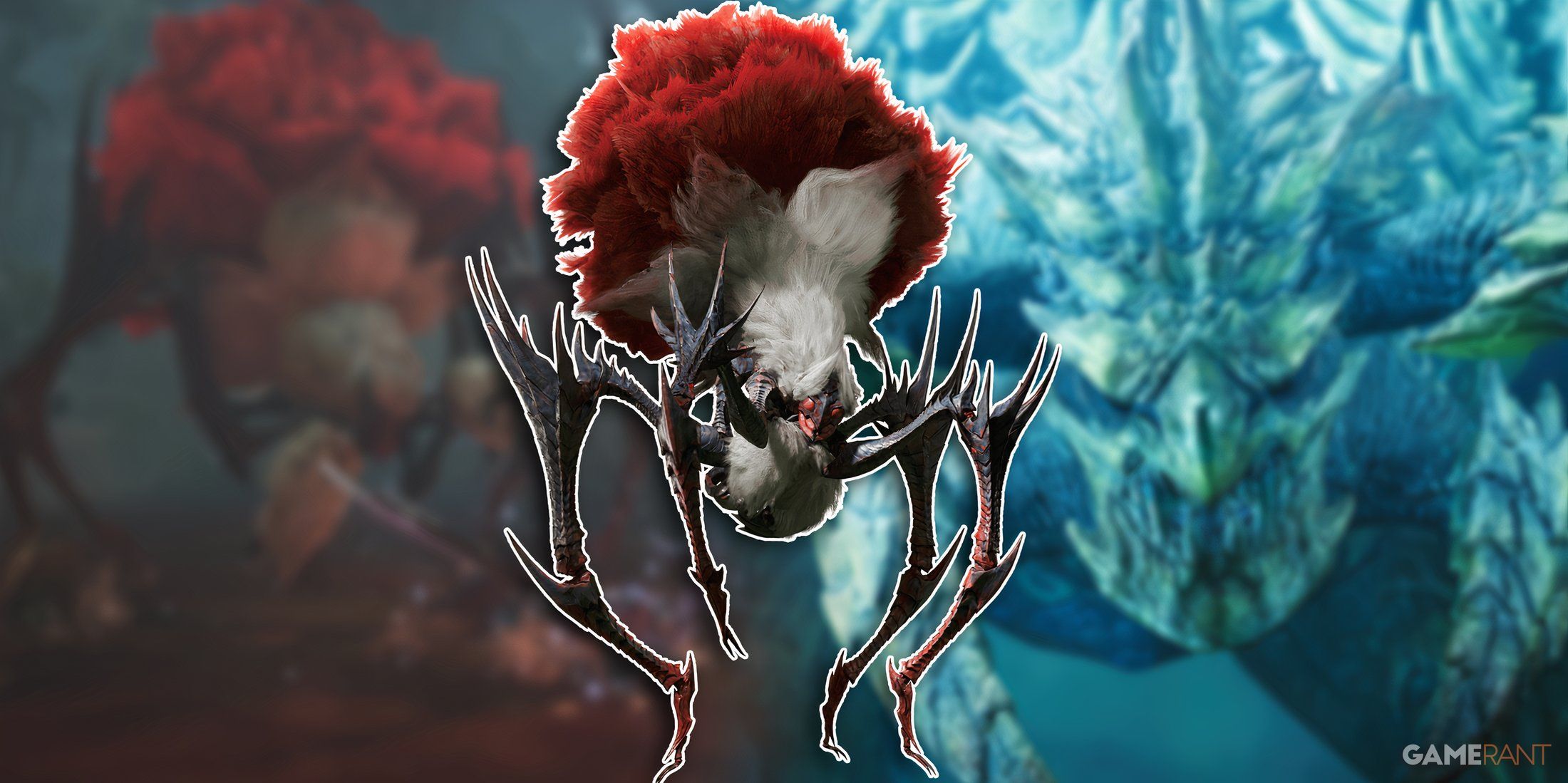
Monster Hunter Wilds is the next upcoming entry in one of Capcom’s most consistent and beloved series in recent years, albeit a franchise that hasn’t escaped its own share of criticism. One of the primary recurring complaints it’s received has been the lack of diversity in the designs of monsters themselves, as the majority of them have followed similar iconic archetypes across the games. With the introduction of Monster Hunter Wilds‘ unconventional monsters, however, this seems to be something that is being directly addressed in the upcoming sixth generation.
The reveal of the Scarlet Forest location in Monster Hunter Wilds came with the introduction of a new monster inhabiting the area, the Temnoceran Lala Barina. This spider-type creature breaks away from the typical dragon and beast designs that have become synonymous with the series, signaling the creative boundaries that the game seems set to push.
Bug-Inspired Designs Have Always Been Limited in Monster Hunter
Dragons, Beasts, and Dinosaurs Have Long Dominated Monster Hunter
Monster Hunter‘s enemy designs have historically leaned heavily into more realistic depictions of creatures like dinosaurs, and this has formed a somewhat predictable pattern of evolution in the series’ designs over time. There’s an undeniable spectacle to seeing the latest take on Fanged Wyverns or Monster Hunter‘s Elder Dragons in a new generation, but they all fall into categories which have only been rarely subverted. While there are several archetypes that can be expected to be filled, there are also wild cards in each generation that typically come in the form of giant insectoid creatures.
The Limited Legacy of Temnocerans
Ever since being introduced in the fourth gen, the arachnid-like Temnocerans have been relatively underutilized. Nerscylla served as a memorable threat in MH4 that paved the way for Rakna-Kadaki, but the Neopteran class of arthropod creatures receive more significant attention overall. It could be argued that one of these has embodied one of the most signigicant roles in the franchise with the appearance of Monster Hunter Generations Ultimate‘s Ahtal-Ka as a final boss, but this kind of innovative approach to battle design hasn’t been as common as leaning into the traditionally impressive scale of battles with more common flagship monster types.
Breaking the Mold with a Flower-Based Temnoceran
While spider inspiration isn’t a new concept, the flower motif of Lala Barina’s design makes for a unique appearance unlike what MH has featured before. Its thorax can mimic a blooming rose when it becomes enraged, expanding its design inspiration beyond animals alone into something more fantastical. When combined with the surreal environment of the red water present within the Scarlet Forest of Monster Hunter Wilds, this encounter is likely just one of several experimental examples of risk-taking in the development of Wilds. If further monsters appear in the game with the same degree of distinct nature to them, then Lala Barina would be a sign that greater creative freedom has become a priority in the upcoming title.
Providing Novel Threats to Maintain Monster Hunter’s Tactical Depth
Through the use of scarlet silk, which allows it to navigate its environment, Lala Barina creates massive webs to inhabit and dominate. Shooting flower-like poisonous hairs and utilizing its spiked legs add a layer of complexity through blending its different inspirations, likely requiring an adjustment to the typical tactics used to tackle large reptilian creatures. This venture into an unfamiliar concept for a combat encounter is not only grounded in a fresh take on a familiar monster type, but an integration with a new setting that also seems to highlight how Monster Hunter Wilds‘ gameplay is centered around a more open-world formula.




